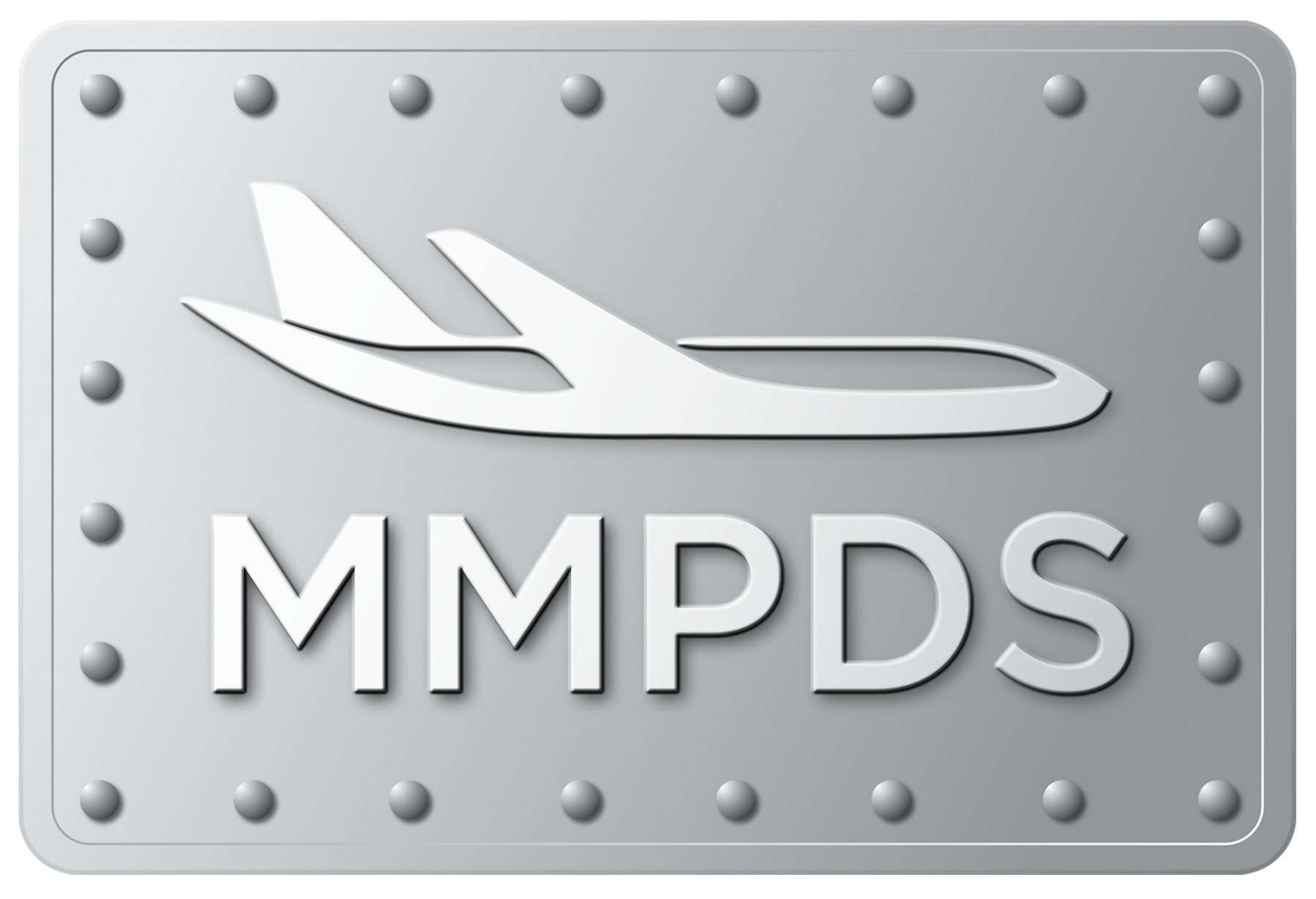Team Up with Battelle
Background
MMPDS stands for Metallic Materials Properties Development and Standardization. The MMPDS technical coordination activity is an industry-government collaborative process in which consistent and reliable methods are used to collect, analyze, and present statistically based material and fastener allowable properties.
Evolution of the Handbook
The MMPDS Handbook, successor to MIL-HDBK-5, is the primary source of statistically based design allowable properties for metallic materials and fasteners used in commercial and military aircraft systems around the world. It is recognized and used by engineers worldwide to ensure that metallic material designs meet specifications for air worthiness in commercial and military aircraft systems.
Handbook Contents
The MMPDS Handbook contains mechanical property tables with design allowables for tensile, compression, shear, and bearing properties. Among other properties included in the handbook are effects of temperature on properties, plane-strain fracture toughness, and fastener joint allowables. The MMPDS Handbook is updated on a regular basis to ensure that:
• Reliable, statistically based design properties are available for as many mature materials and/or product forms as possible
• Current statistical design properties are validated or updated on older “legacy” alloys
• Other supporting data (fatigue, crack growth, fracture toughness, effect of temperature) are represented
• Recently cancelled specifications are identified.
MMPDS Organization
The MMPDS organization has a Secretariat, a Government Steering Group (GSG) and Industry Steering Group (ISG) in primary roles, and subordinate component-focused steering groups that work through a General Coordinating Committee to direct task groups.
Battelle has continued to hold the function of Secretariat since 1954 and serves as an impartial data reviewer. The GSG is composed of FAA and other government agencies who help fund MMPDS.
Membership
Government and Industry memberships help support the ongoing effort of this Handbook. A portion of the ISG membership is set aside for related activities and benefits available only to funding companies, such as analysis tools, and access to archived documents, as determined by the ISG member companies.
Per guidance provided by FAA Advisory Circular (AC) 25.613-1 and FAA policy memorandum PS-AIR100-2006-MMPDS, the ‘A’ and ‘B’ basis values published for materials in the MMPDS have been determined by the FAA to satisfy the material strength probability levels required by Title 14 of the Code of Federal Regulations (14 CFR) § 27.613(d), § 29.613(d), §25.613(b) and §23.613(b).
Chapter 1: Introduction
Chapter 2: Steel Alloys
Chapter 3: Aluminum Alloys
Chapter 4: Magnesium Alloys
Chapter 5: Titanium Alloys
Chapter 6: Heat-Resistant Alloys
Chapter 7: Miscellaneous Alloys and Hybrid Materials
Chapter 8: Structural Joints
Chapter 9: Guidelines
Per guidance provided in the Joint Service Specification Guide (JSSG) 2006 and MIL-STD-1530, the “A” and “B” basis design allowables published for materials in the MMPDS have been determined by Department of Defense (DoD) services to satisfy the strength and statistical variability requirements for airframe metallic materials.
